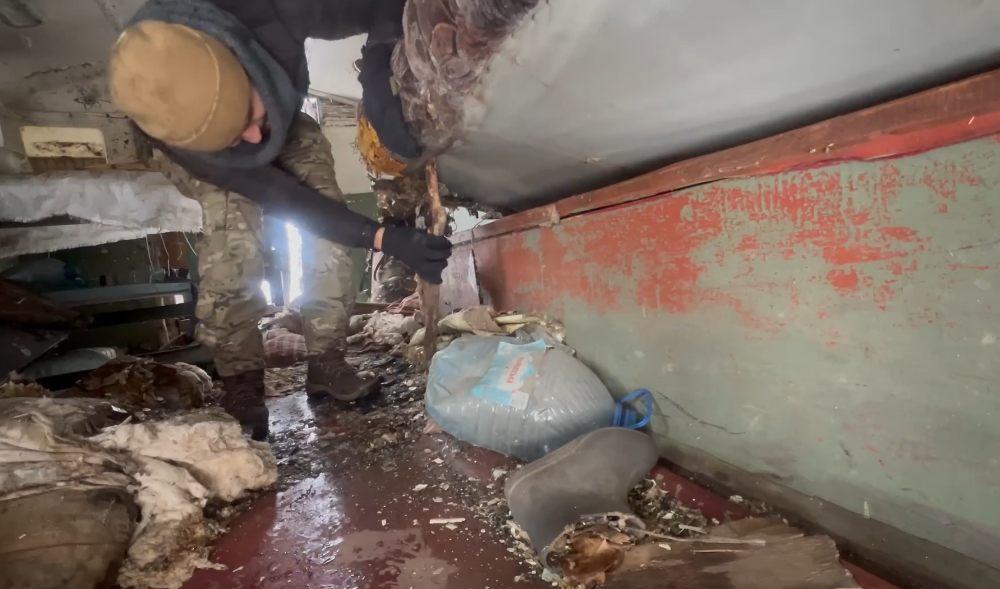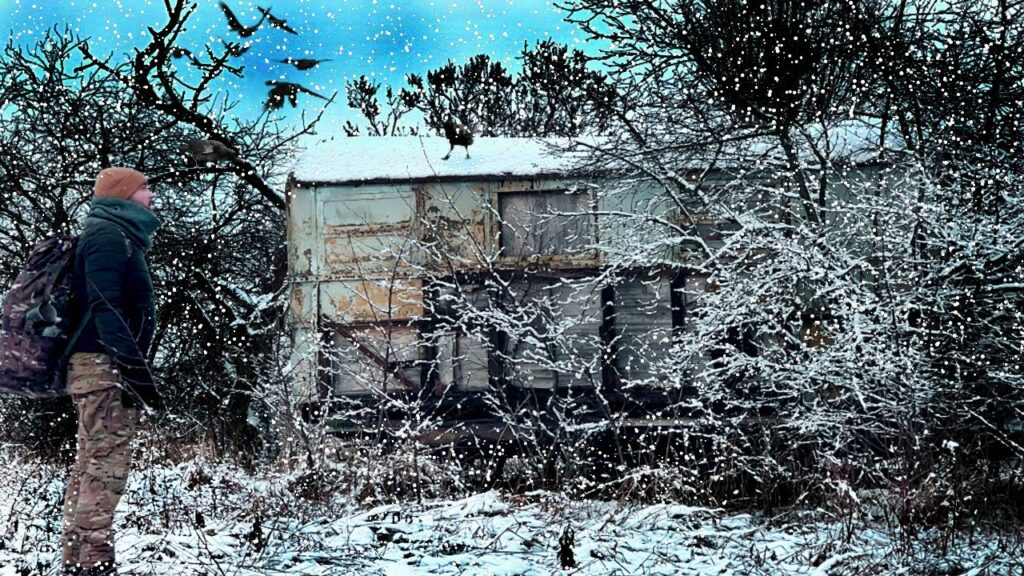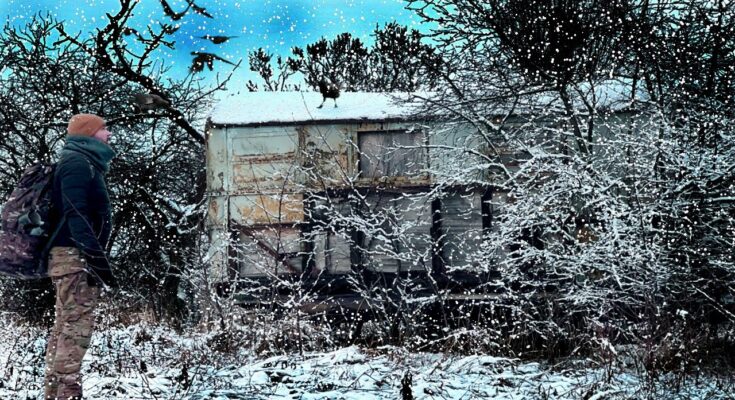Winter camping in the wilderness comes with unpredictable challenges, and sometimes, survival depends on improvisation. As heavy snowfall engulfed the forest, I stumbled upon an old, abandoned van—its rusted frame barely visible under layers of white. With no other shelter in sight, I decided to take refuge inside.

The van’s doors creaked open, revealing a cold but windproof space. Snow had piled up against the windows, muffling the outside world. It wasn’t the ideal shelter, but it offered protection from the biting wind. Using my gear, I insulated the interior with a tarp and spare clothing, trying to create a barrier against the cold metal walls.

Fire wasn’t an option inside, but I had a portable stove that allowed me to heat some water and prepare a warm meal. Sipping hot tea in the eerie silence of the abandoned vehicle was both unsettling and oddly comforting. Outside, the snowfall intensified, covering any trace of my footprints, making it clear I wouldn’t be leaving anytime soon.
As night fell, I wrapped myself tightly in my sleeping bag, listening to the occasional groan of the van under the weight of the snow. The isolation was profound, but the sense of security the van provided was undeniable. By morning, the storm had eased, and I stepped out into a transformed world—silent, untouched, and glistening under the winter sun.

Taking shelter in an abandoned van deep in the forest wasn’t part of the plan, but it proved that in the wild, adaptability is the key to survival.



